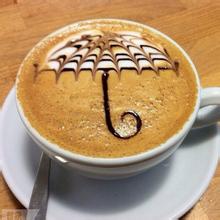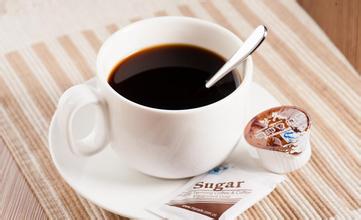Description of Variety and Flavor in Bolivian Coffee production area introduction of Grinding degree and Baking degree
Flavor: dry aroma of roasted nuts and almonds. Lake Titicaca of oranges and pomelos is located on the Coya'ao Plateau on the border of Bolivia and Peru. It is the highest and largest freshwater lake in South America. It is also one of the largest freshwater lakes in the world. It is also the highest navigable lake in the world. It is the third largest lake in South America to wash Bolivia with a glass of water. It is recommended to wash Bolivia with 15g powder at 87 degrees. Gouache ratio 1:15, moderate grinding (small Fuji ghost tooth cutter 3.54grinding), V60 filter cup, the first injection of 30g water for 25s steaming, injection to 110g water cut off, waiting for the powder bed water to half and then water injection, slow water injection until 230g water volume, no at the end, extraction time 2Drex00s South America is rich in coffee beans, Bolivia is no exception, parts of Bolivia unique tropical rain forest environment. It provides excellent natural conditions for the growth of organic coffee. The aroma of Bolivian coffee is rich and unique, both the aroma of ground beans and the aroma of coffee are obviously rich, similar to the mixture of flower and fruit aroma, which is impressive.
In the past, coffee trees in Bolivia used to act as hedges and ornaments around the garden. Real commercial production began in the early 1950s. The coffee industry in Brazil was seriously damaged by the great frost in 1975, while Bolivia (Bolivia) benefited from it and developed rapidly.
Coffee producing areas in Bolivia:
Bolivian coffee is grown at an altitude of 180,000,670 meters.
Features of Bolivian coffee:
Flavor: high quality mixed coffee
Suggested baking method: medium to deep barbecue
★: general
The market for Bolivian coffee:
The coffee grown in Bolivia, in which Arab washed coffee beans are exported to Germany and Sweden, is not the best today and has a bitter taste.

Important Notice :
前街咖啡 FrontStreet Coffee has moved to new addredd:
FrontStreet Coffee Address: 315,Donghua East Road,GuangZhou
Tel:020 38364473
- Prev

Description of the flavor of rose coffee with jasmine fragrance introduction to the taste characteristics of high-quality coffee beans in producing areas
The dry aroma of Rosa is very bright, with aromas of rose and jasmine, with aromas of pomelo and citrus, light baked with nutty aromas, and wet aromas with hazelnut and more floral characters. In terms of taste and flavor, compared with the previous rising aroma, the early stage may be slightly mild and subtle, a little cooler, and the flower and fruit flavor gradually decreases with the decrease of temperature.
- Next

Introduction to the treatment of Grinding degree of varieties describing the Flavor of Yega Feiwoca Coffee in Ethiopia
In February 1977, Lieutenant Colonel Mengistu Haier Maryam (MENGISTU HAILE MARIAM) launched a military coup and served as Chairman of the interim military Administrative Council and head of State. In 1979, the Ethiopian Labor people's Party Organization Committee, dominated by soldiers, was established to implement an one-party system. In 1984, the Ethiopian Workers' Party was formed according to the Soviet Communist Party model. Mengistu, September 1987
Related
- Detailed explanation of Jadeite planting Land in Panamanian Jadeite Manor introduction to the grading system of Jadeite competitive bidding, Red bid, Green bid and Rose Summer
- Story of Coffee planting in Brenka region of Costa Rica Stonehenge Manor anaerobic heavy honey treatment of flavor mouth
- What's on the barrel of Blue Mountain Coffee beans?
- Can American coffee also pull flowers? How to use hot American style to pull out a good-looking pattern?
- Can you make a cold extract with coffee beans? What is the right proportion for cold-extracted coffee formula?
- Indonesian PWN Gold Mandrine Coffee Origin Features Flavor How to Chong? Mandolin coffee is American.
- A brief introduction to the flavor characteristics of Brazilian yellow bourbon coffee beans
- What is the effect of different water quality on the flavor of cold-extracted coffee? What kind of water is best for brewing coffee?
- Why do you think of Rose Summer whenever you mention Panamanian coffee?
- Introduction to the characteristics of authentic blue mountain coffee bean producing areas? What is the CIB Coffee Authority in Jamaica?

